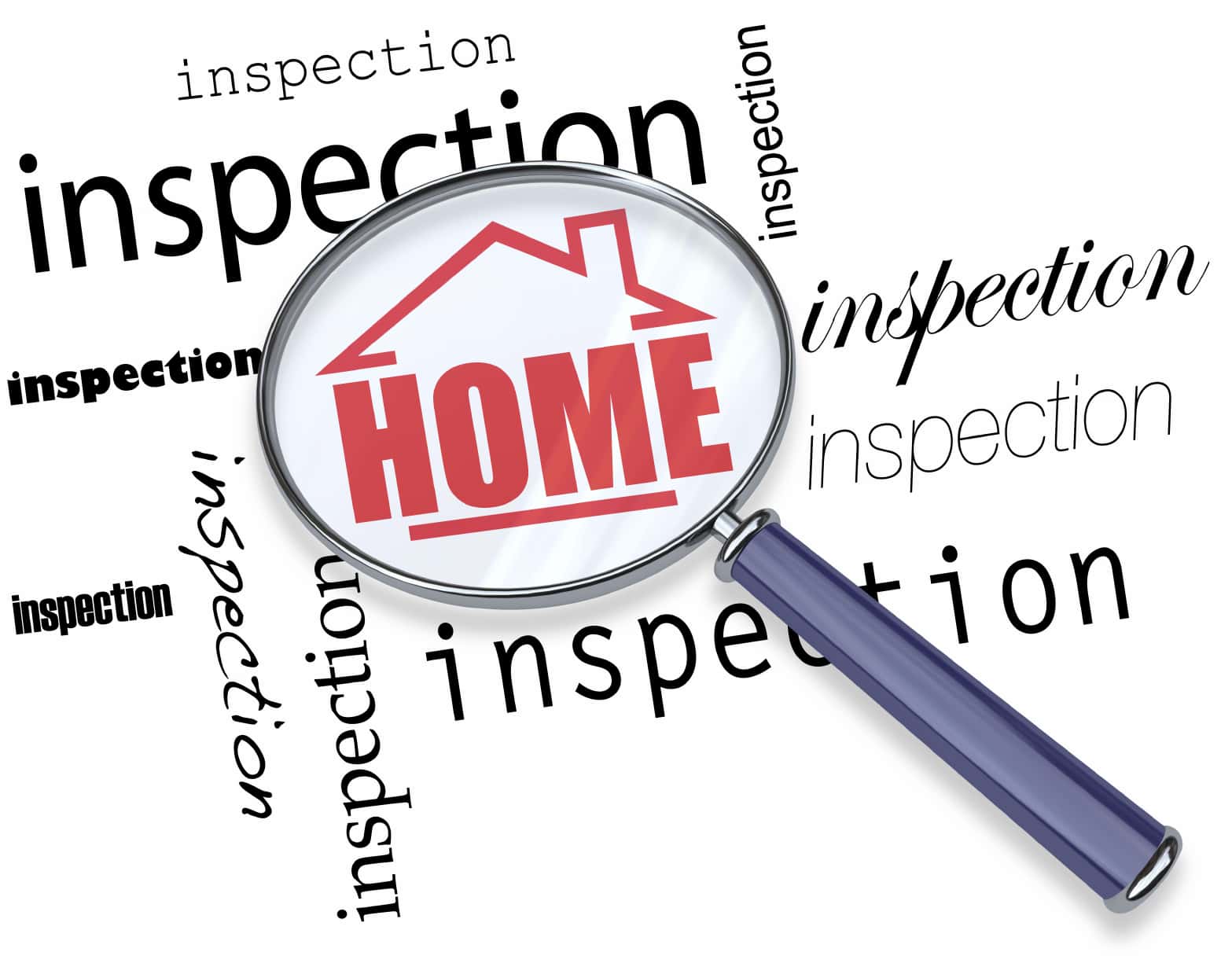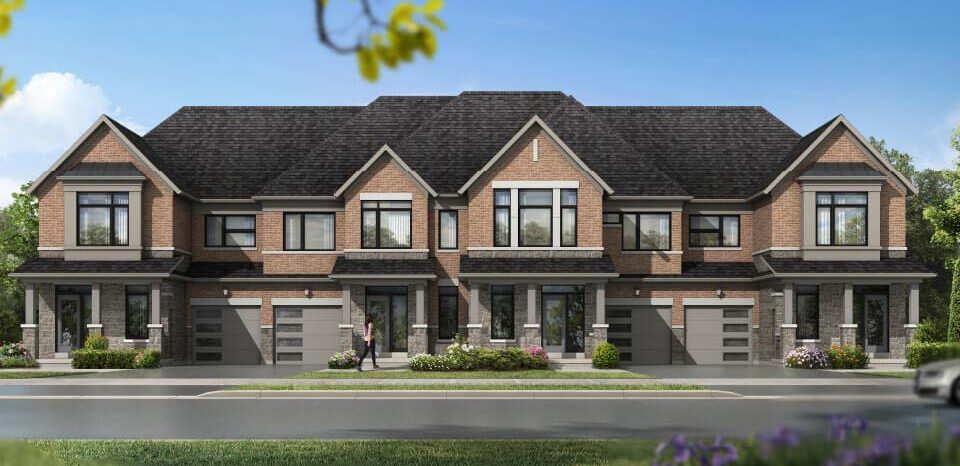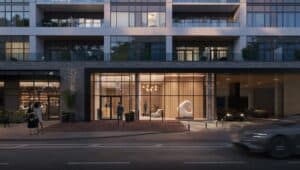Investors seeking commercial real estate rental properties with healthy cash flows have several methods for evaluating market opportunities. One of the simplest, back-of-the-envelope calculations is the cap rate. Although it is not the only metric to consider before committing to a transaction, it remains a valued tool in every investor’s due diligence toolkit.
Cap Rate: Definition and Formula
Understanding a property’s capitalization or cap rate helps investors assess how a building is currently performing based on its rental income relative to its market value.
The formula to calculate the cap rate is:
Cap Rate (%) = (Net Operating Income (NOI) / Property Value) x 100
The Net Operating Income (NOI) represents revenue from rental income minus operating expenses, which include any current costs for maintenance, property management, property taxes, insurance, or utilities that are not paid by tenants leasing the building.
The Property Value represents the asset’s current fair market value. The fair market value (FMV) depends on the size and type of building, its location, the availability of similar products in the market, and other economic factors. An independent appraisal can also determine it.
Because mortgage and interest payments on real estate loans are categorized as financing costs rather than operating costs, the cap rate formula does not include these. Instead, it assumes that the asset has been purchased in all cash.
For example, consider a commercial real estate property with a current fair market value of $5 million and a current NOI of $750,000.
In this case:
Cap Rate (%) = ($750,000 / $5,000,000) x 100
Cap Rate = 15%
Why the Cap Rate is important to Commercial Real Estate Investors?
As noted earlier, cap rates give investors a glimpse into the cash flow potential (or percent yield) of a commercial real estate property, allowing for a quick “apples-to-apples” comparison of similar assets that are close to each other and are available in the same market at the same time.
So, if a commercial real estate investment, such as a multifamily, retail, office, warehouse, or hotel property, is offered at a 10% cap, investors would expect it to yield a 10% annual cash return. It means that if all other variables remain the same, all the money you have invested will come back to you in 10 years and the property will pay for itself in that duration.
Variables Affecting Cap Rate
Cap rates are not fixed but are influenced by several factors, including:
Market Fluctuations:
Any market factor that causes an escalation in the operating cost of an asset, such as inflation, will decrease its cap rate unless the increased cost can be offloaded to tenants – as in the case of a triple net (NNN) vs. gross lease – or via an increase in the annual rent a tenant pays.
Age of the Asset:
Older buildings can be more prone to maintenance issues, resulting in increased operating expenses, lower NOI values, and lower cap rates. However, if buildings are retrofitted with energy-efficient HVAC and lighting systems after purchase, the cap rate can increase due to decreased operating costs and the elevated rent landlords can charge tenants attracted to the building’s sustainability features.
Timing, Tenant Lease Rates, and Occupancy Rates:
Cap rates can vary significantly depending on how hot or cold a market is and the timing around when tenants are slated to occupy or leave a property.
For example, if tenants signed long-duration, low-cost leases in a cold market, the cap rate will appear low during a hot one, as a tenant’s annual rent will only increase by what’s indicated in their lease agreement, while the market value of the property skyrockets in response to increased demand and limited supply of similar assets.
Likewise, if tenants who signed exorbitantly high-priced leases in a hot market vacate in favour of a new lease in a new building during a low market, the cap rate will decrease due to the loss of the inflated revenue, assuming that the FMV of the property decreases only slightly or stays the same during the market low.
Lastly, while low occupancy rates will decrease rental revenue and cap rates, signing new tenants – ideally at a higher rate than the previous tenants – will increase cap rates.
Property Type and Location:
Cap rates can also vary by type of real estate, such as retail, office, multifamily, or industrial–building class (Class A, B, and C).
Cap rates also vary from:
- province to province,
- city to city, and
- even between urban and suburban locations within the same city or town in Canada.
So, what’s an Optimal Cap Rate?
It depends on the risk tolerance of the investor. While great on the surface, a high cap rate of 15 percent or more usually indicates a riskier investment, as it may mean rents are inflated or that essential building maintenance has been delayed. It also won’t have much wiggle room to improve, even in a hot market, and if the rent rolls are accurate, a loss of even one high-paying tenant could cause the annual cash flow to plunge.
Lower cap rates of four to six percent are often found in stabilized properties within a proven market. Although they’ll generally require more time to recoup the initial investment, with a different tenant mix or a few well-placed renovations, these properties can bring in substantially more revenue and add to their appreciation value in both an average or hot market.
Cap Rate vs. ROI: Key Differences
As discussed earlier, the cap rate formula considers only the net operating income a property generates. It doesn’t include the interest paid on any mortgage or bank loan needed to buy the asset.
Conversely, the ROI denotes the annual cash return after all expenses – including interest on any loans or mortgages – have been tallied.
The Bottom Line
For investors looking to make a back-of-the-envelope, “apples-to-apples” comparison of similar commercial real estate properties within close proximity in the same market at the same time, the cap rate offers a quick preview of each asset’s potential cash flow and profitability.
But because cap rates fluctuate based on various circumstances, they’re just one of many metrics within due diligence research that must be considered before any commercial real estate investment decision.











